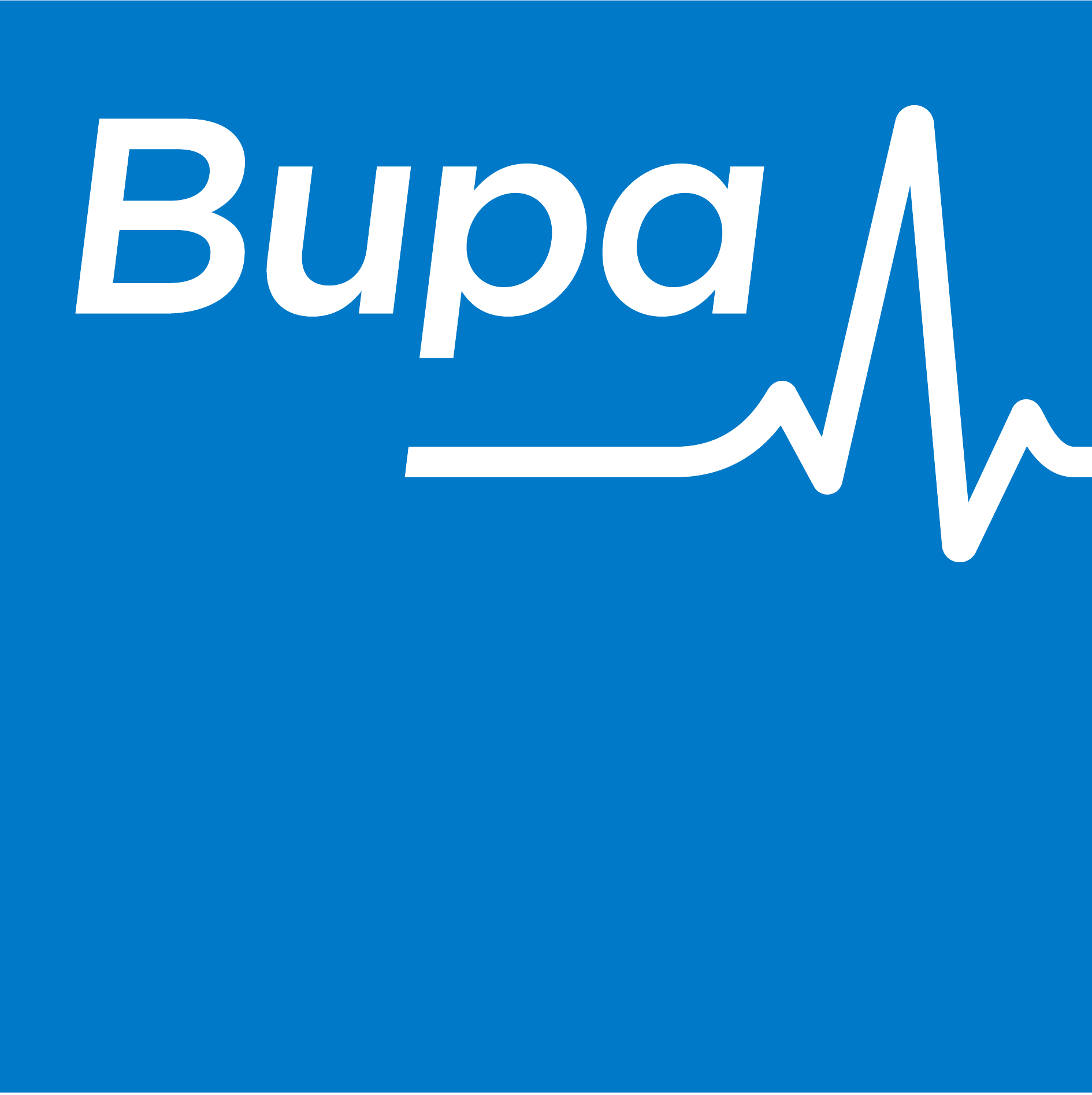The EX Files
How BUPA are increasing (and keeping) their engagement scores
Background
As a healthcare provider, people are at the heart of everything, and engagement has always been a priority to Bupa. They have been doing employee surveys for a long time, working with different types of partners over time. In 2019, they began a partnership with Glint and embarked on a new approach to engagement. Glint got to know Bupa well, taking time to interview executives and study the strategy, before recommending tailored areas of focus.
This foundation helped to build the muscle of listening, learning and acting on people’s feedback, and provided a stable base before the turbulence of the pandemic.
This foundation helped to build the muscle of listening, learning and acting on people’s feedback, and provided a stable base before the turbulence of the pandemic.


Figures
Multiple sources indicate that employee engagement has been on a rollercoaster since the pandemic. For healthcare specifically, it’s been an extremely challenging time for frontline workers and has made engagement even more challenging.
Despite this, when compared to both large, global organisations, and within the healthcare industry, Bupa have been able to buck the trend and keep engagement scores steadily growing. In November 2022, they saw their highest engagement levels yet, reaching the Glint top 10% benchmark for engagement with a score of 80 across the entire business.
Even more remarkable was consistent improvements across all of Bupa, whether you cut the numbers by management layer, different healthcare sectors, businesses or geographies. Marginally in some cases, but regardless it contributed to a consistent increase which suggested a fundamental shift at Bupa.
Key factors
Leadership and vision
A new chief executive took over in 2021 and he has recast the strategy for the entire business. This injection of energy and enthusiasm has unified people behind a joint vision, in what had perhaps historically been more of a siloed business – whether by geography or by industry. By bringing the company together in this way, it’s done a lot to improve engagement numbers.
This influence is as important at a local level. In the UK, a new general manager for aged care has delivered an 11-point increase in engagement in just 12 months. From engaging people through visits to talking passionately about people’s views, her approach to engagement has been infectious.
This influence is as important at a local level. In the UK, a new general manager for aged care has delivered an 11-point increase in engagement in just 12 months. From engaging people through visits to talking passionately about people’s views, her approach to engagement has been infectious.

Consistency
Bupa carry out two global engagement surveys every year. Since 2019, these have been a steady part of the year, right across all 80,000 employees. It’s held at the same time and broadly involving the same topics. The team feel this has been a key part of the jigsaw for success.
Firstly, it helps managers know exactly where they stand.
Even if everything else in the world is changing or fluid, they know that twice a year the survey is going to happen. Because of the consistency of topics, this has encouraged managers and teams to lean into the core elements of engagement, making continual improvements along the way. Continuity also provides reassurance to employees that feedback on key topics is being monitored continually, and that, therefore, improvements should be taking place, albeit that this can take longer in some instances.
Even if everything else in the world is changing or fluid, they know that twice a year the survey is going to happen. Because of the consistency of topics, this has encouraged managers and teams to lean into the core elements of engagement, making continual improvements along the way. Continuity also provides reassurance to employees that feedback on key topics is being monitored continually, and that, therefore, improvements should be taking place, albeit that this can take longer in some instances.
Partnership
Finding a good partner was key. Bupa’s engagement team spoke to many engagement professionals before settling with Glint in 2019. One of the things that attracted them was the idea of truly working in partnership, that they could learn from and challenge each other equally in the design and implementation.
This has allowed Bupa to continue to improve over time and prevent stagnation without necessarily requiring greater investment. For example, Bupa have been able to bolt on onboarding surveys, exit surveys and moments-that-matter surveys on a local level, to add greater depth and understanding to their data.
And while technology is one important consideration, the consulting and people science side was equally as important. Bupa knew that they wanted a partner that was grounded in good research and factual analysis.
This has allowed Bupa to continue to improve over time and prevent stagnation without necessarily requiring greater investment. For example, Bupa have been able to bolt on onboarding surveys, exit surveys and moments-that-matter surveys on a local level, to add greater depth and understanding to their data.
And while technology is one important consideration, the consulting and people science side was equally as important. Bupa knew that they wanted a partner that was grounded in good research and factual analysis.
Challenges
Technology
Developing a holistic employee listening ecosystem, including regular engagement surveys, new joiner and leaver surveys, as well as other listening activities, relies upon robust HR data, which hasn’t always been readily available across all of Bupa’s businesses. It’s been important in the journey to avoid creating extensive administrative processes.
Connecting data
Employee engagement data becomes even more valuable when looked at alongside other data, such as HR trends or business performance against KPIs. In a global organisation, it has at times proved a challenge to pull together useful data, and perhaps this is because Bupa is already invested into the importance of engagement and there is no need to justify the return.
The team are confident that as technology continues to progress, connecting these types of data will become easier in the near future and will improve knowledge of how engagement influences, and is influenced by, business performance.
The team are confident that as technology continues to progress, connecting these types of data will become easier in the near future and will improve knowledge of how engagement influences, and is influenced by, business performance.
Summary
Bupa has solid foundations and strong performance in employee engagement. Whilst top decile levels of engagement may not always be sustainable, the approach that Bupa has taken to evolve how it listens and acts on feedback from employees seems to have been working very well in recent years. As the focus on employee experience continues to grow, Bupa is now looking to both retain focus on engagement, building on what has worked well so far, whilst focusing on using insights in new and innovative ways.
Company: Bupa
Sector: Healthcare
Size: 80,000 employees
Sector: Healthcare
Size: 80,000 employees

